11111
N'oge a, na ịma mma ụlọ, facade abụghị nanị n'èzí nke ụlọ ahụ, kamakwa nchikota nke usoro ihe owuwu nke oge a, ọrụ ụlọ na gburugburu ebe obibi nke oge a. Ihe owuwu aluminom gbasaa metal, dị ka ụdị ọhụrụ nke ihe eji arụ ụlọ, ejirila nwayọọ nwayọọ ghọọ ngwaahịa a na-ahụkarị na ngwa nke ihe owuwu ụlọ. A na-ejikarị ya eme ihe na ụlọ ọgbara ọhụrụ. Mgbasa ọla na-enye mma anya ma nwee ike rụọ ọrụ dị mkpa na nchekwa, ikuku ventilashion, nchebe nzuzo na akụkụ ndị ọzọ.
The role of Expanded Metal in Façade design:
With the advancement of modern urbanization, more and more architectural designs need to meet the functional requirements of buildings while also considering the aesthetics of architectural design and the coordination with the environment. Expanded Metal, as a highly three-dimensional material, can provide a favorable solution for Façade design. This unique mesh structure can not only effectively achieve beautiful light and shadow effects, but also enhance the overall layering and dynamics of the building façade.
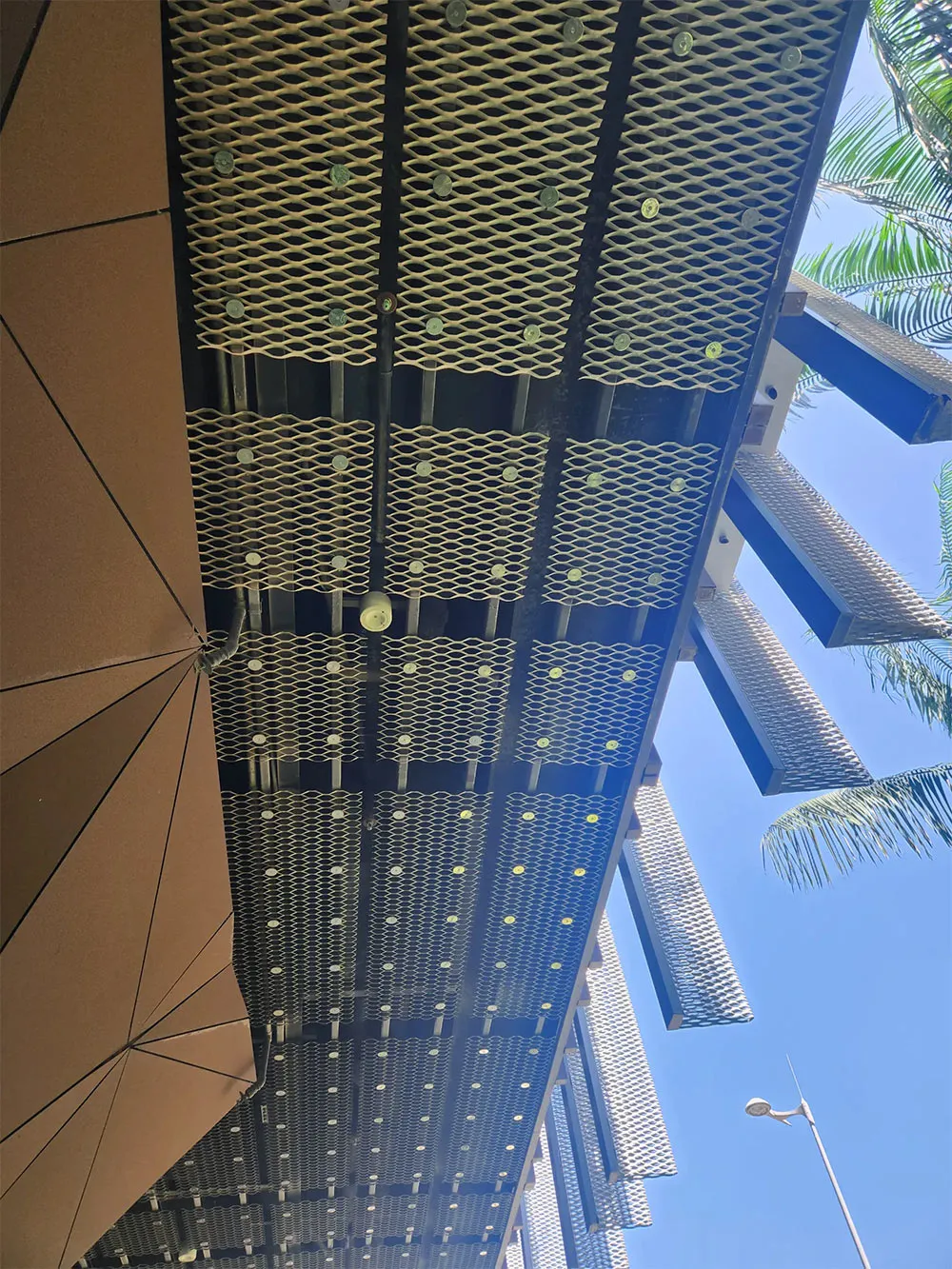
Nchikota nke aesthetics na arụmọrụ
The grid structure of Expanded Metal can improve the ventilation effect of the entire building while ensuring the visual effect. It is mainly used in façade decoration in commercial buildings, public facilities, residential areas, etc. For example, the exterior of a building made of expanded metal can present a diamond effect of light and shadow under the sun, enhancing the decorative art of modern style. At the same time, the permeability of expanded metal ensures the circulation of air, which helps the ventilation exchange effect between the inside and outside of the building and maintains good indoor air quality.
Melite nchekwa ma chekwaa nzuzo
N'oge a, na ụfọdụ ụlọ elu ma ọ bụ ụlọ ndị mepere emepe, ichebe nzuzo dị ezigbo mkpa maka ebe obibi na azụmahịa. Igwe gbasaara nwere mmetụta nchekwa dị mma ma nwee ike ichekwa nzuzo ndị mmadụ na gburugburu ebe nzuzo ma ọ bụ azụmahịa. N'otu oge ahụ, ihe ígwè ya siri ike na-eweta nchebe na ụlọ ahụ ma na-egbochi mmebi mpụga nke ọma.
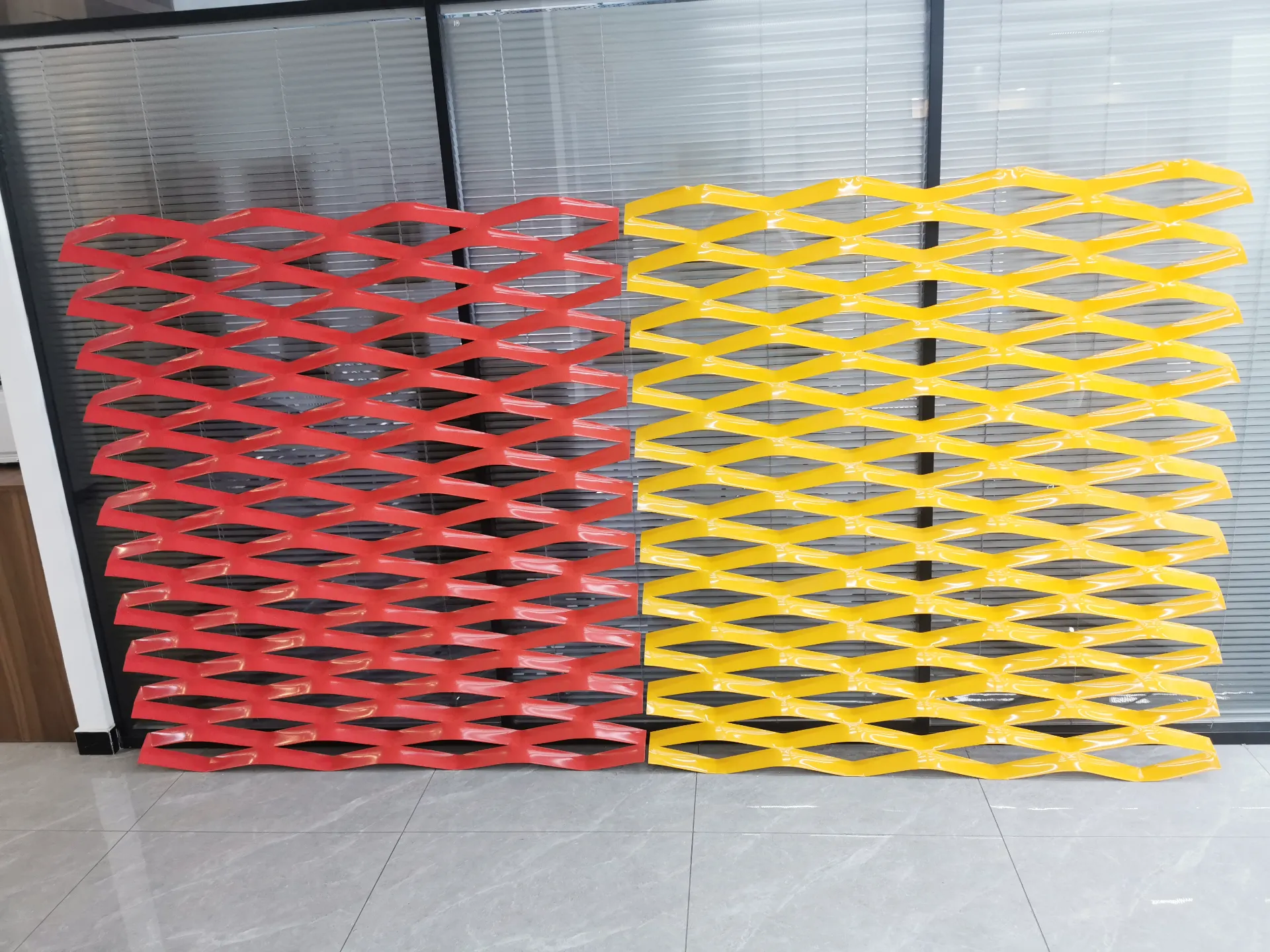
Ịdịgide na nchekwa gburugburu ebe obibi
Expanded metal mainly uses aluminum alloy materials in architectural façade, and there is almost no waste generated during the production process, and it is recyclable, which makes it a green building standard today. The use of expanded metal can reduce dependence on traditional materials and reduce resource waste, thereby greatly reducing the impact of construction waste on the environment. In addition, aluminum alloy expanded metal is durable, not easy to corrode, easy to clean, and can effectively extend the service life of the building façade and reduce the frequency of maintenance.
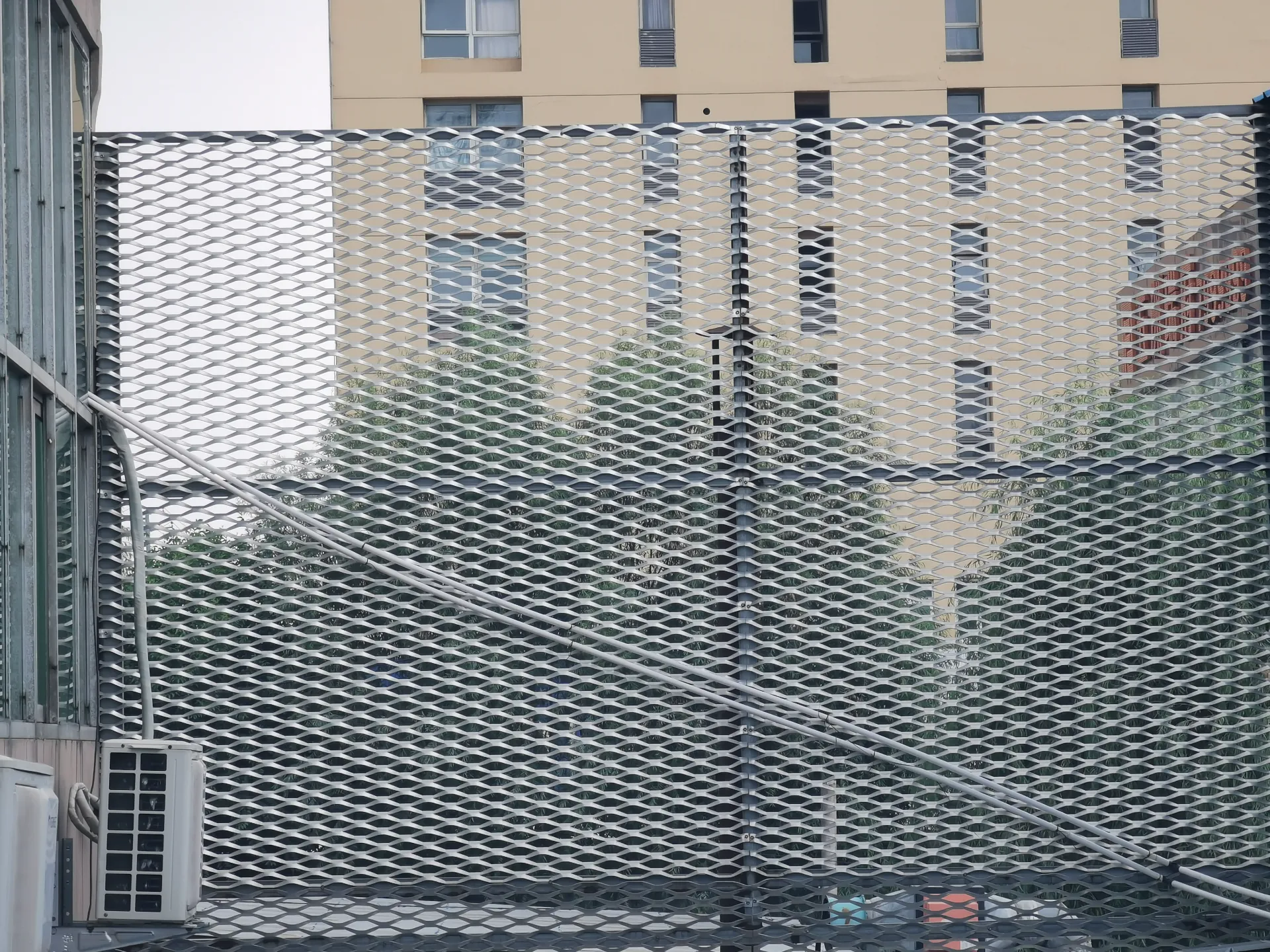
Mmechi
Tinyere ụkpụrụ ụkpụrụ ụlọ dị ntakịrị nke ọgbara ọhụrụ, ọla gbasaara na-eweta ọmarịcha na ịrụ ọrụ n'ụlọ. Ọ bụkwa ihe ọhụrụ nke ghọrọ ihe eji achọ mma dị mkpa n'ime ihe owuwu ọgbara ọhụrụ nwere nhazi ntupu pụrụ iche na uru arụmọrụ ya. Ma n'ụlọ elu azụmahịa, ọrụ obibi, ma ọ bụ ụlọ ọha, ọla gbasasịrị nwere ike na-eweta mmetụta dị egwu mgbe niile.
OSOTE:
Nke a bụ akụkọ mbụ

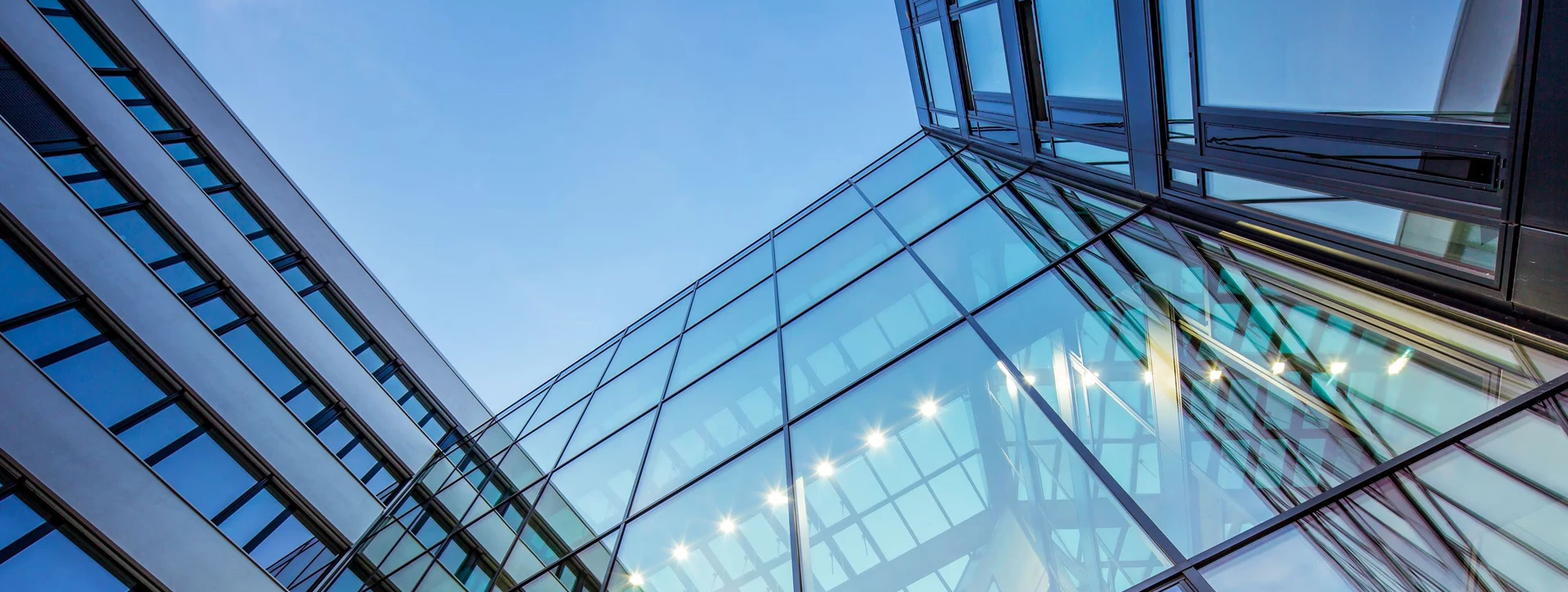
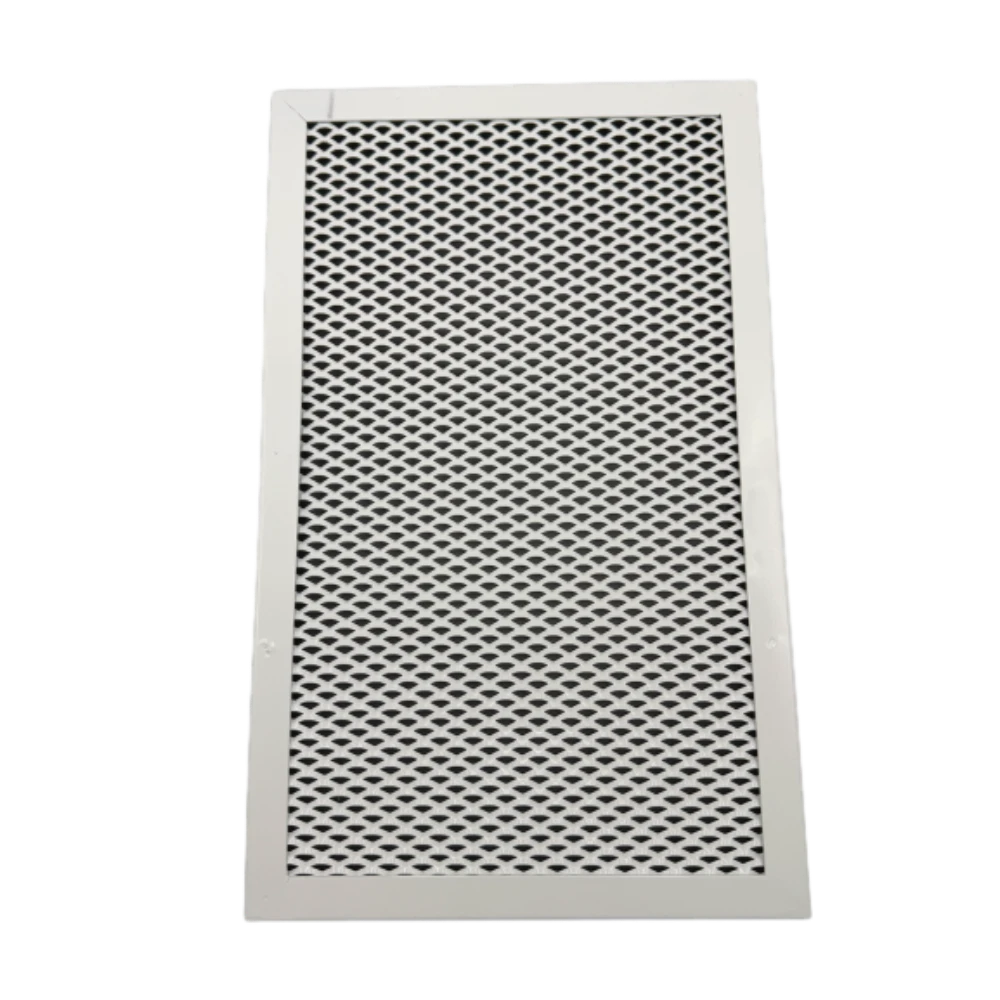

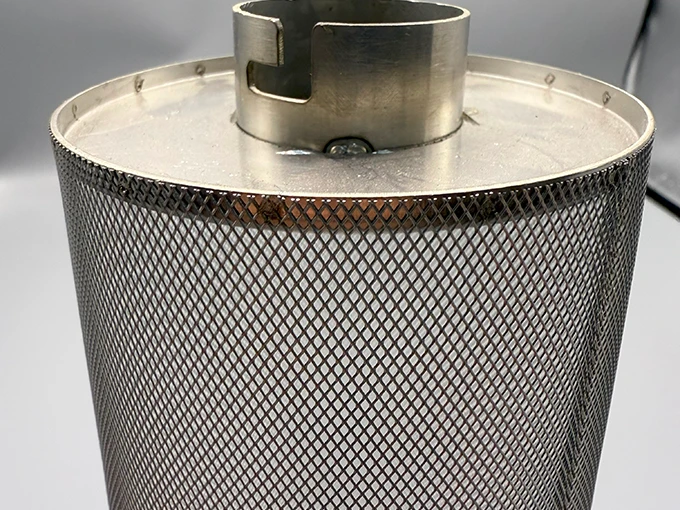
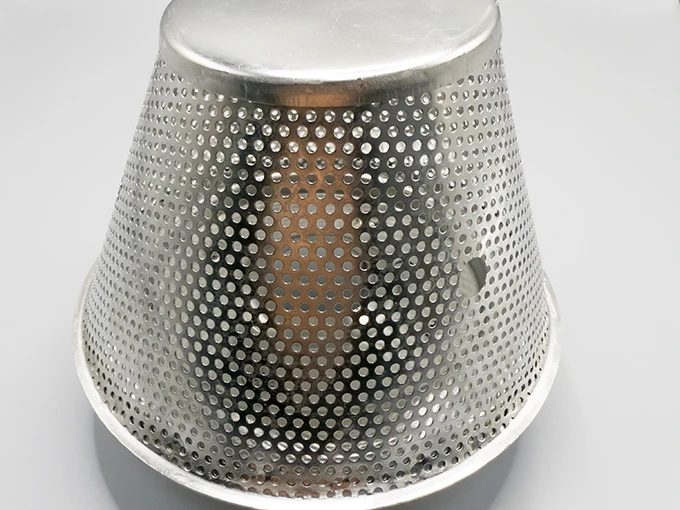













![$ihe[aha] $item[alt]](https://www.ccmetalmesh.com/images/cc-7691.webp)

